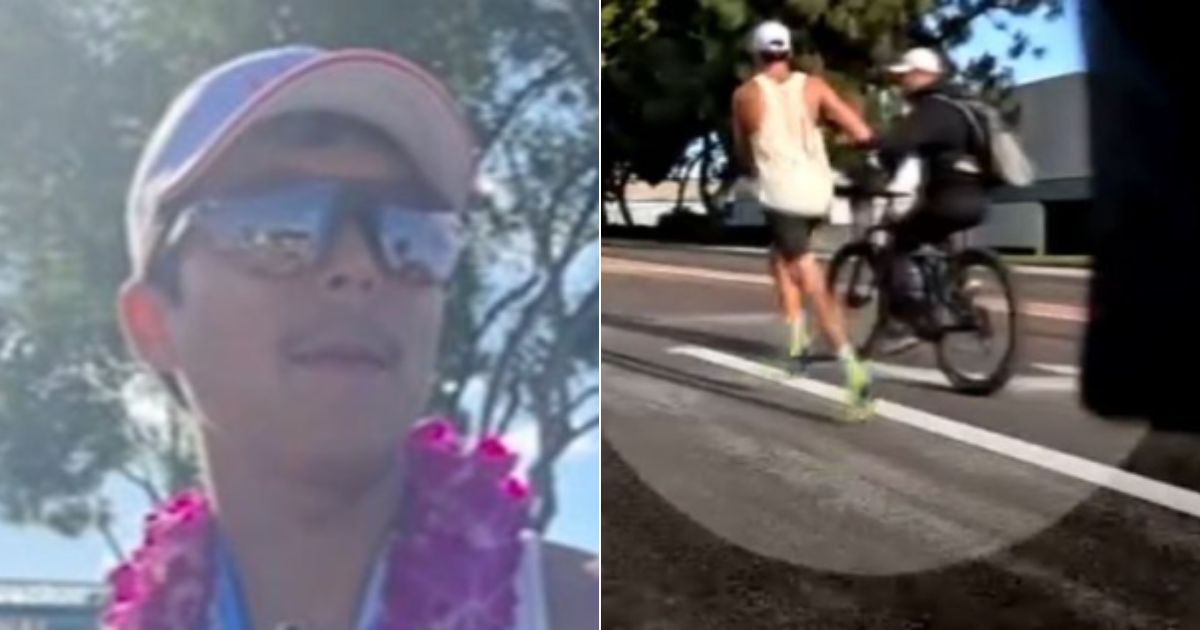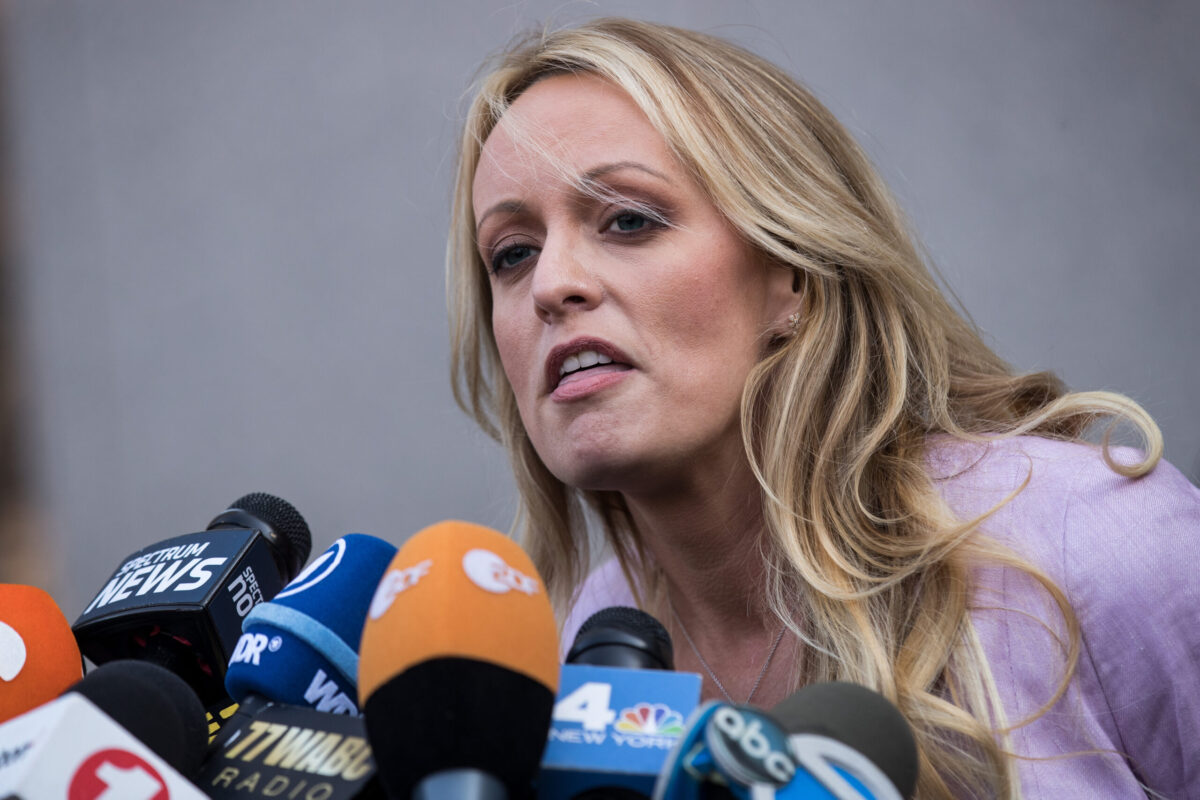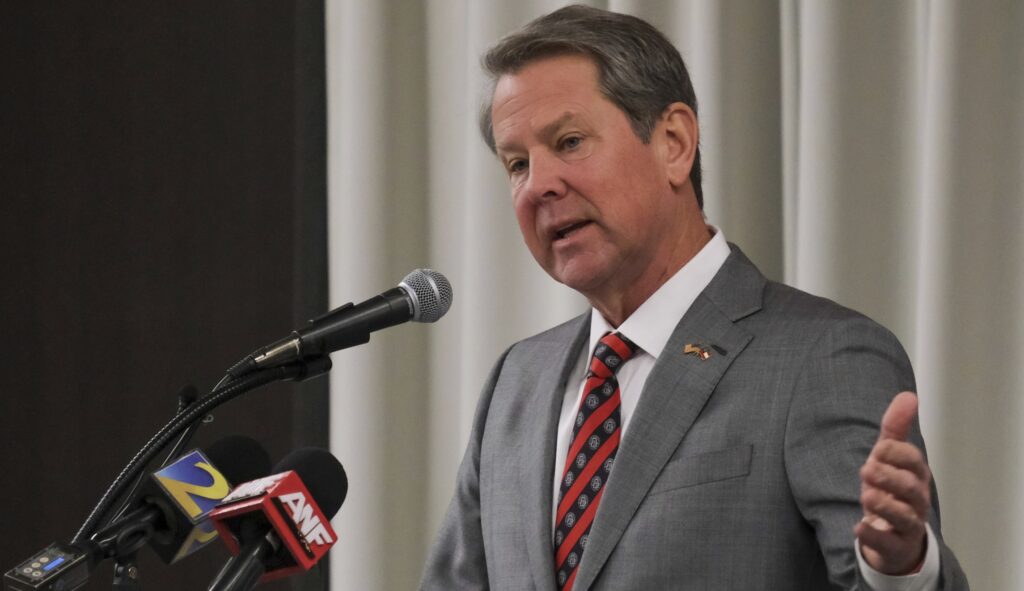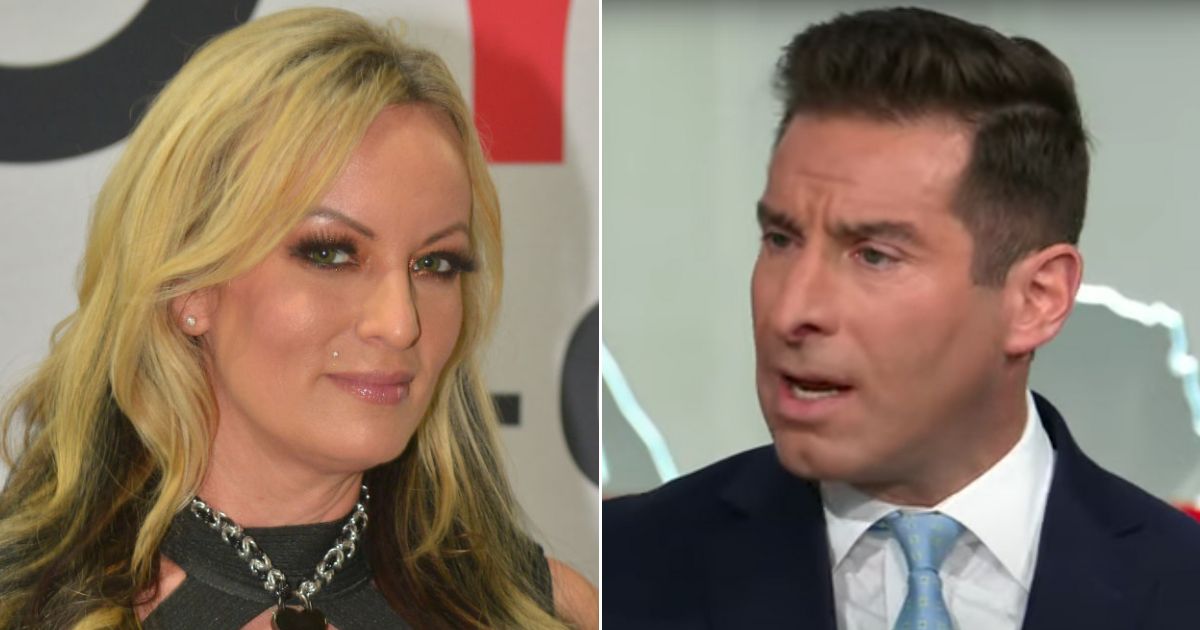3 Jan. 6 Defendants Seek Supreme Court Review of Obstruction Felony Charges
Three Defendants Petition Supreme Court to Review DOJ’s Use of Evidence-Tampering Statute in Jan. 6 Cases
Three more criminal-case defendants have joined a petition seeking to have the U.S. Supreme Court review the U.S. Department of Justice’s (DOJ) novel use of an evidence-tampering statute to prosecute those who protested 2020 presidential election results at the Capitol on Jan. 6, 2021.
Defendants Christopher J. Warnagiris, 43, Christopher J. Carnell, 21, and William Robert Norwood III, 40, jointly filed an amici curiae brief (pdf) with the Supreme Court in support of a petition for review of the law filed on July 7 by defendant Edward Jacob Lang, 28.
The men were charged with obstruction of an official proceeding—Title 18 U.S. Code Section 1512(c)(2)—a felony carrying up to 20 years in prison.
Related Stories
- EXCLUSIVE: Jan. 6 Prisoner Takes His Obstruction Charge to the Supreme Court (7/15/2023)
- Infowars Host Wants to Appeal to US Supreme Court Over Jan. 6 Case (9/13/2023)
The DOJ was given an extended deadline—Sept. 29—by which to file a response to the petition for review.
An eventual Supreme Court ruling on the evidence-tampering statute could have far-reaching implications, as obstruction of an official proceeding is the most widely charged felony in Jan. 6 cases.
Crushing Dissent
The stakes could not be higher, according to defense attorneys.
“It is no overstatement to say the future of the First Amendment hangs in the balance,” wrote attorneys Norman A. Pattis and Steven A. Metcalf in the July 7 petition (pdf) to the Supreme Court. “A statute intended to combat financial fraud has been transformed into a blatant political instrument to crush dissent.”
The attorneys expressed fears that prosecutions based on the obstruction charge could affect the 2024 presidential election.
“As the nation’s attention turns to the 2024 election, there is good reason to fear that the Justice Department’s current use of Section 1512(c)(2) will serve to chill political speech and expression on the eve of one of the most consequential events in American life – the election of the next President of the United States.”
More than 236 defendants have been charged with corruptly obstructing an official proceeding—the counting of 2020 Electoral College votes by a joint session of Congress on Jan. 6. The joint session was interrupted by some six hours when protesters breached the building and rioting broke out on the Capitol grounds.
The statute reads:
“Whoever corruptly- (1) alters, destroys, mutilates, or conceals a record, document, or other object, or attempts to do so, with the intent to impair the object’s integrity or availability for use in an official proceeding; or (2) otherwise obstructs, influences, or impedes any official proceeding, or attempts to do so, shall be fined under this title or imprisoned not more than 20 years, or both.”
The statute was part of the 2002 Sarbanes-Oxley Act approved by Congress in the wake of accounting scandals at major corporations including Enron, WorldCom, and Tyco International. The law was intended to prevent corporate fraud and improve auditing and financial disclosures.
The issues at stake involve statutory construction, the interplay of different paragraphs of a statute, the meaning of certain terms, and discerning Congress’s original intent.
The U.S. Court of Appeals for the District of Columbia Circuit, in a ruling issued April 7, muddied the waters in a fractured 1-1-1 decision that left defendants and judges with no clear direction on the application of the evidence-tampering law.
The ruling by a three-judge Court of Appeals panel had no majority opinion, only a “lead” opinion that was joined conditionally by one of the other judges.
Attorneys Marina Medvin and Theodore Cooperstein—authors of the amici curiae brief—suggested the uncertainty created by the Court of Appeals could lead to more weaponization of the statute.
“The government has already taken this interpretation as license to charge anything against any defendant,” Ms. Medvin and Mr. Cooperstein wrote.
Charges Thrown Out
Most of the judges in the U.S. District Court in Washington D.C. have sided with the DOJ on the novel use of §1512(c)(2). Judge Carl J. Nichols disagreed, throwing out the charge in two Jan. 6 cases within eight days in March 2022 and dismissing the charge in a third case three months later.
The §1512 language is meant to prevent tampering or destruction of documents and records, and not alleged attempts to derail certification of the presidential election results, according to Judge Nichols.
Judge Nichols ruled that federal law under §1512(c) does not apply to the conduct of the defendants because the statute was intended by Congress to have a narrow, limited focus related to the destruction of documents. It’s part of a section of the U.S. Code titled, “Tampering with a witness, victim, or an informant.”
“Nothing in count three (or the superseding indictment generally) alleges, let alone implies, that [defendant Joseph] Fischer took some action with respect to a document, record, or other object in order to corruptly obstruct, impede or influence Congress’s certification of the electoral vote,” Nichols wrote in a 10-page ruling. “The Court will therefore grant Fischer’s motion to dismiss count three.”
Judge Nichols threw out the same charge on March 7, 2022, in the case of Garret Miller, of Richardson, Texas. On June 7, 2022, he dismissed the count against Mr. Lang, of Newburgh, N.Y.
According to Mr. Pattis and Mr. Metcalf, the issue at stake in the Jan. 6 cases is whether §1512 “can be used to prosecute acts of violence against police officers in the context of a public demonstration that turned into a riot.”
Mr. Pattis and Mr. Metcalf described the DOJ’s application of §1512 in Jan. 6 cases as “breathtaking.”
The petition to the Supreme Court is intended to “check the blind ambition of federal prosecutors,” the men wrote.
“Without action from this court, hundreds, if not thousands, of Americans will face substantial prison sentences for doing no more than speaking out at a protest that evolved into a dynamic conflict,” they said.
Mr. Lang’s trial had been set to begin on Oct. 10, but Judge Nichols postponed the start date pending some indication on Mr. Lang’s Supreme Court petition.
Mr. Lang is charged with 13 counts (pdf), including assaulting, resisting, or impeding certain officers using a dangerous weapon inflicting bodily injury, civil disorder, and engaging in physical violence in a restricted building or grounds with a deadly or dangerous weapon.
In what ways did the defendants’ actions during the Jan. 6 protests disrupt the official proceeding of counting Electoral College votes, according to the DOJ?
That prohibits witness tampering and retaliation against witnesses in official proceedings. The judge stated that applying the statute to the defendants’ behavior during the Jan. 6 protests would stretch the language and purpose of the law beyond its intended scope.
The DOJ, on the other hand, has argued that the conduct of the defendants falls within the language of the statute. The agency contends that the protests disrupted an official proceeding, namely the counting of Electoral College votes, and that the defendants obstructed the process through their actions. They assert that the statute should be interpreted broadly to encompass these types of situations.
The Supreme Court’s review of the case will provide an opportunity to clarify the scope and application of the evidence-t
" Conservative News Daily does not always share or support the views and opinions expressed here; they are just those of the writer."





